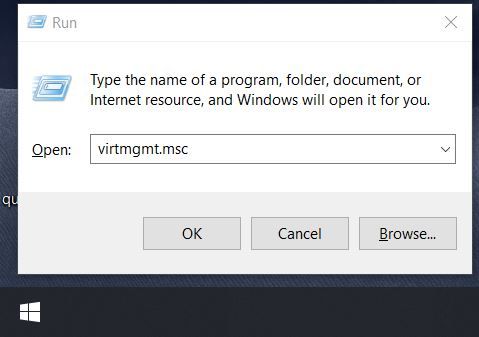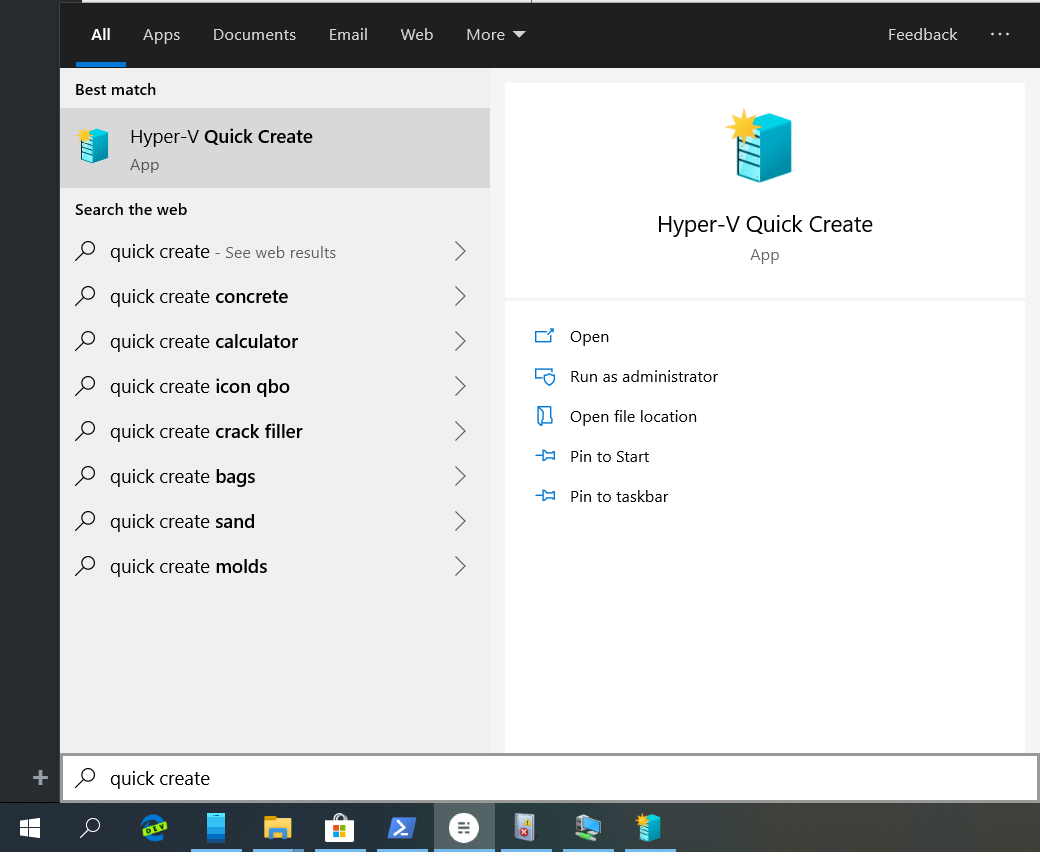
- HOW TO ADD HYPER V TO WINDOWS 10 HOME HOW TO
- HOW TO ADD HYPER V TO WINDOWS 10 HOME INSTALL
- HOW TO ADD HYPER V TO WINDOWS 10 HOME MAC
This will also take some time and then a Restart is necessary. Then check the check boxes before them and click OK. In the Window, lookout for Hyper-V, Virtual Machine Platform and Windows Hypervisor Platform.After Restarting Windows, search for Turn Windows features on or off in the Start Menu search bar and open it.A Restart might be required after it is done.
HOW TO ADD HYPER V TO WINDOWS 10 HOME INSTALL
This will take some time but will install all features required for Hyper-V.


HOW TO ADD HYPER V TO WINDOWS 10 HOME MAC
Open File Explorer on windows and Navigate to a folder. Bind VMs MAC address to IP on your router that runs DHCP.If this part did not help you, you can specifically go the Website of the Mother Board Manufacturer of your Computer and ask for help there. Once its enabled, save and reboot your pc.Now you need to look for the virtualization option and enable it, it can have different names such as Hyper-V, Vanderpool, SVM, AMD-V, Intel Virtualization Technology or VT-X.Search for the CPU configuration section, it can be called CPU configuration, processor, Northbridge or Chipset and may be under an advanced or advanced mode tab or menu.Mouse may not work in BIOS so you might have to use the Directional or Arrow keys and the Enter key of the Keyboard to navigate. Once you get into the BIOS, it may look very scary or intimidating, but don't worry, you will get it right.This key depends on the Motherboard manufacturer. Turn on the computer and while it is booting up, keep pressing the key to open the BIOS (usually it is Del, F1, F2, F4, F11, or F12).The process of enabling virtualization can vary a lot depending on the motherboard manufacturer, but it can be summarized in a few steps:

HOW TO ADD HYPER V TO WINDOWS 10 HOME HOW TO
But this guide will show you how to enable it in Home Editions of Windows 10 and Windows 11. It is supported only in Pro, Enterprise and Education Edition of Windows 10 and Windows 11 by default. Hyper-V in Windows 10 and Windows 11 allows running Virtual Machine. Hyper-V in Windows 10 and Windows 11 Home Edition


 0 kommentar(er)
0 kommentar(er)
